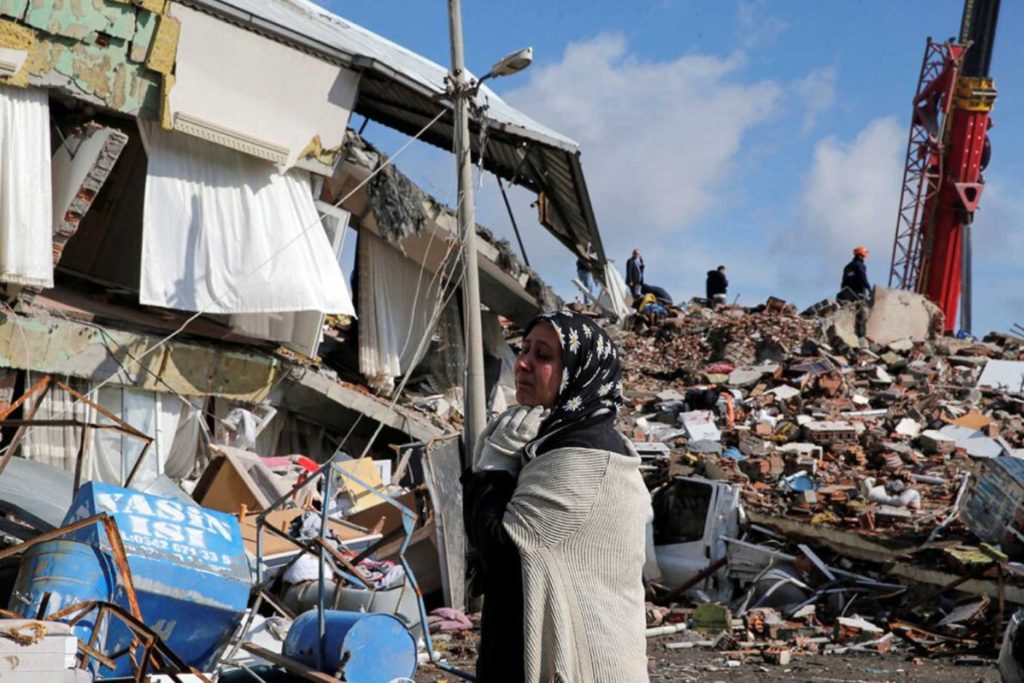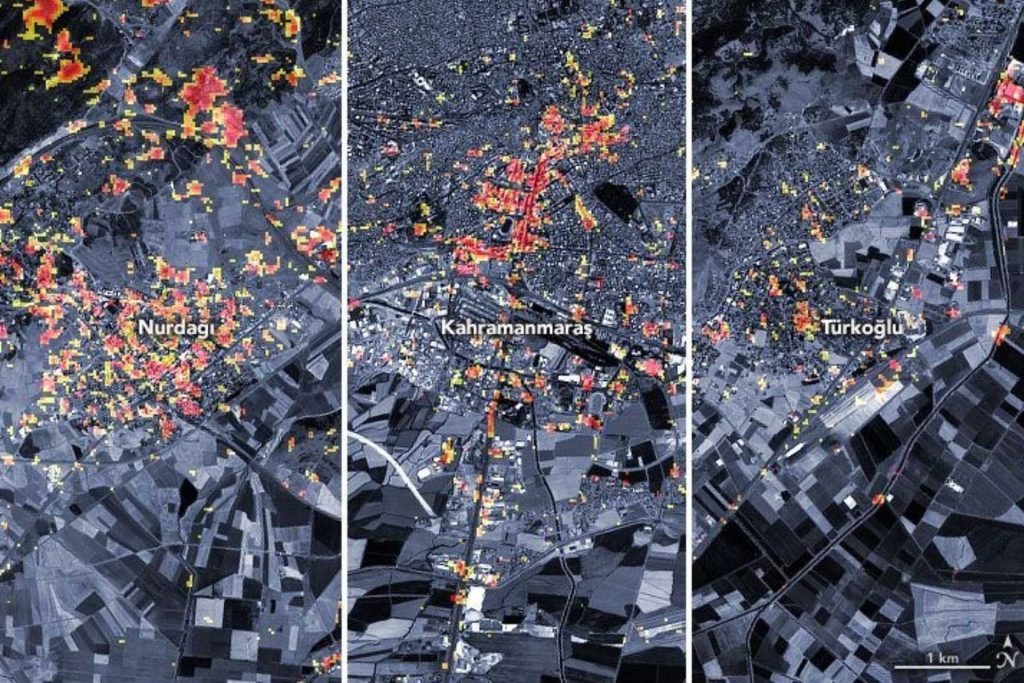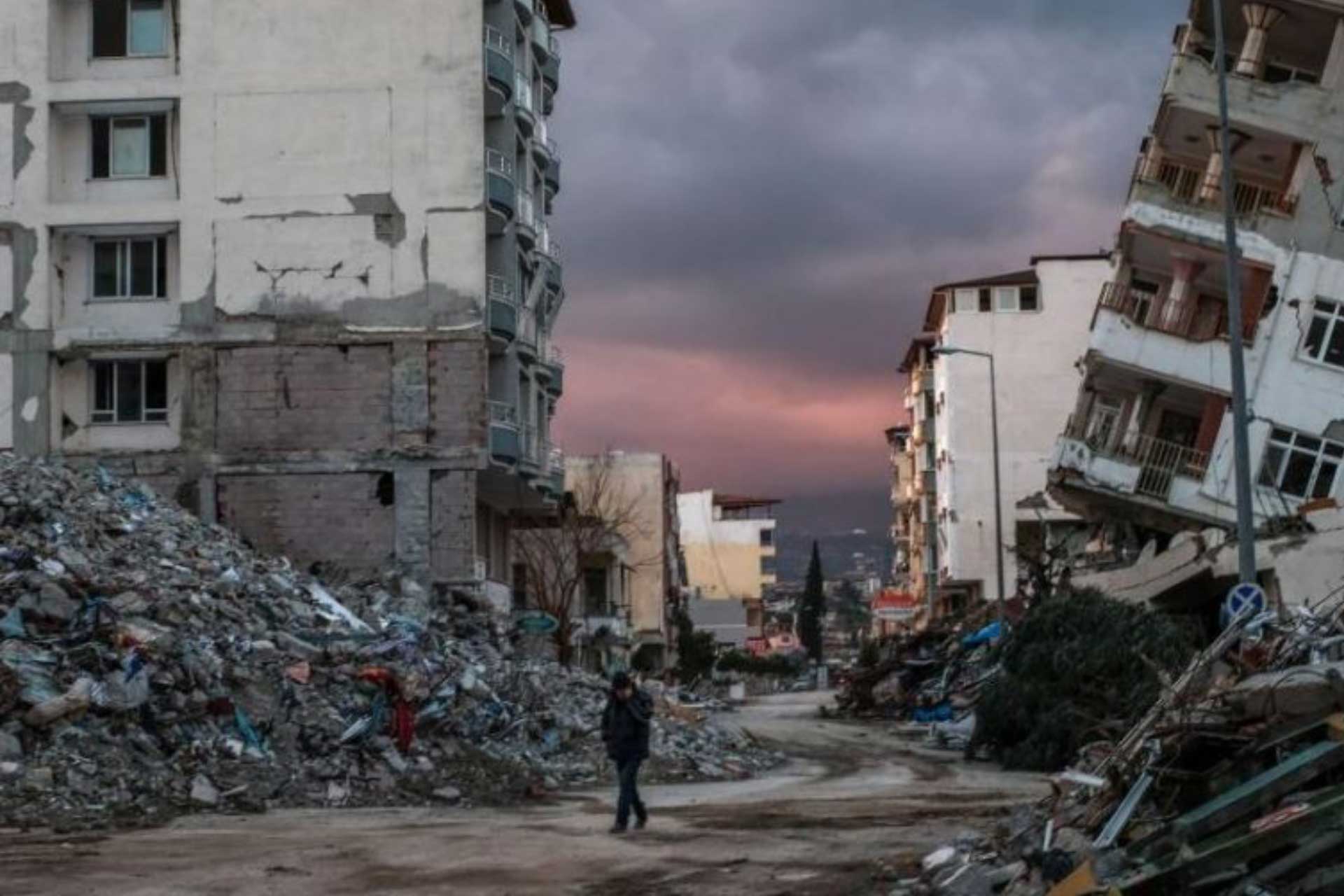Economic Consequences of the Earthquake in Turkey
The post-earthquake reconstruction bill is expected to reach a staggering $80 billion, equivalent to 10% of the country’s gross domestic product.
Despite experiencing one crisis after another, from Covid-19 to inflationary pressures, the Turkish economy showed signs of recovery in 2023. However, this progress is unlikely to be as fast as expected, as Turkey’s southern region was hit by a devastating earthquake measuring 7.8 on the Richter scale. This natural disaster has undoubtedly posed new challenges for the country to face in its efforts to rebuild and restore economic stability.
The post-earthquake reconstruction bill is expected to reach a staggering $80 billion, equivalent to 10% of the country’s gross domestic product. The impact of the disaster has been deeply felt in 10 provinces, home to 13.3 million people, representing 15.7 percent of Turkey’s total population. The devastation caused by the earthquake was widespread, with more than 8,000 homes and businesses reduced to rubble, as well as damage to vital infrastructure and roads. The scale of what lies ahead is undeniable, and rebuilding efforts will require the combined efforts of government, private organizations and the wider community.

Contribution of the Region to the National Economy
The latest figures released by the Turkish Statistical Institute reveal that the region accounts for a significant 9.3 percent of the country’s gross domestic product. This economic output is mainly driven by the region’s thriving agriculture and manufacturing sectors, outpacing the contributions of other sectors such as services and insurance. Agriculture is particularly important for the region, with agricultural provinces producing 20.9 percent of the country’s crop production and 12 percent of grain and other crops. These figures emphasize the region’s vital role in sustaining the country’s economic growth and stability.
Having an important place in the international trade arena, provinces make a significant contribution to the country’s exports by realizing 8.7 percent of total exports. Gaziantep stands out as the most important contributor with an impressive export figure of 19.76 billion dollars, representing more than half of total exports in 2022. Gaziantep is followed by Hatay, Adana and Kahramanmaraş with exports worth $1.46 billion, $3 billion and $3.56 billion respectively. Exports from the region cover a wide range of products, including cereals, pulses, oilseeds, steel, agricultural products, textiles, raw materials and garments.
Economic Costs of Earthquake
The Turkish Enterprise and Business Confederation conducted a comprehensive macroeconomic impact analysis of the 2023 Kahramanmaraş Earthquake, specifically assessing the economic losses resulting from the disaster. The findings revealed that the total damage caused by the earthquake is expected to reach a staggering figure of 84.06 billion dollars. Of this huge loss, $70.75 billion was attributed to housing damage, $10.4 billion to lost national income and $2.91 billion to lost working days.
In addition to the decline in the provinces’ contribution to national income, the damage to critical infrastructure has led to a significant drop in exports, with current estimates suggesting that this figure could fall below $15 billion.
According to Bloomberg’s economics section, the government’s estimated post-earthquake spending on reconstruction alone could amount to a staggering 5.5 percent of the country’s GDP. As a result, the budget deficit is estimated to exceed 1 trillion Turkish liras (TRY) due to additional post-earthquake spending. As nominal GDP is expected to exceed TL 18 trillion in 2023, the budget deficit to GDP ratio is expected to be higher than the 5.4 percent originally projected.

Damage after the earthquake shared by NASA
The economic impact of natural disasters such as earthquakes can vary widely and there is no standard recovery program or strategy to follow in the aftermath. Each country affected by such a disaster must develop its own unique approach to restoring its economy. In the case of relatively rich countries, it is typical to see a sharp decline in economic activity immediately after the disaster, followed by a period of growth during the reconstruction phase.
Small businesses in both industrialized and developing countries face particularly challenging conditions following natural disasters such as earthquakes. Even before the disaster, these businesses are likely to be more economically vulnerable. But these vulnerabilities can be exacerbated when combined with the effects of the earthquake. Small businesses can face a multitude of challenges, including the need to relocate, loss of key personnel, changes in consumer behavior, supply chain disruptions, and difficulties with insurers.
Therefore, the development of specific policies targeting Small and Medium Enterprises (SMEs) is vital to ensure rapid regional development and recovery after a disaster.
Hiba Bouazza
UM6P




Comments